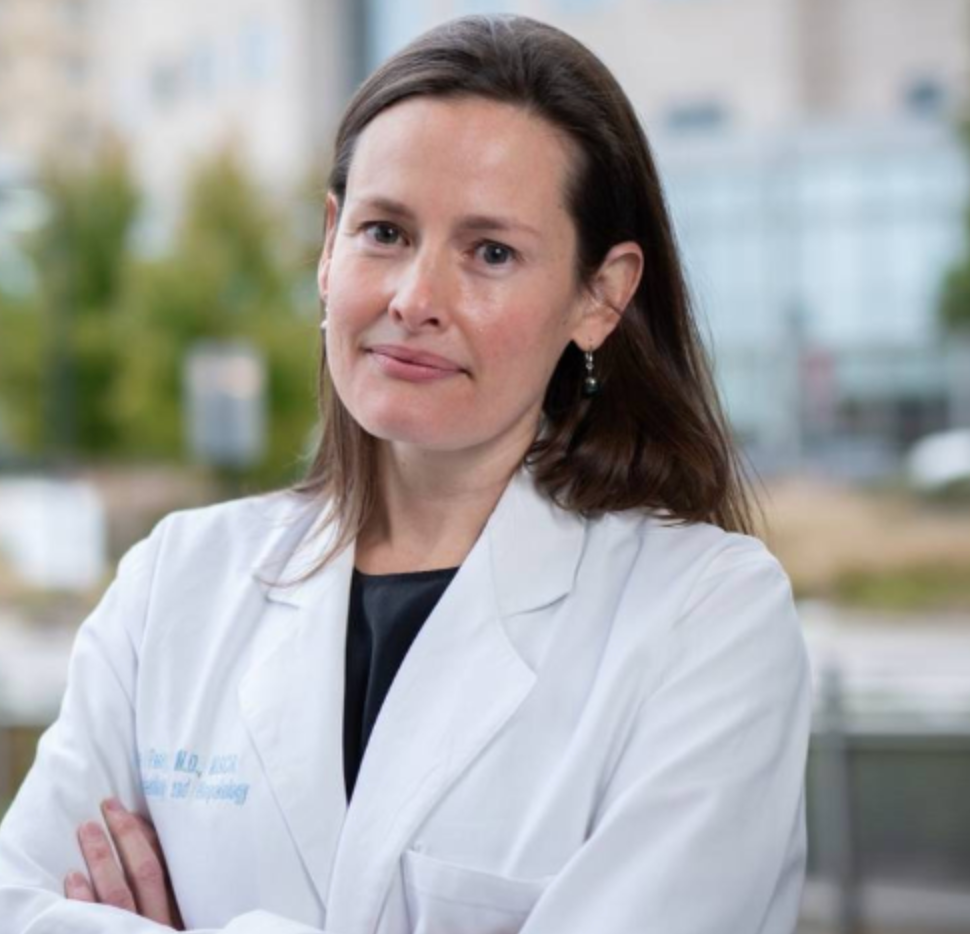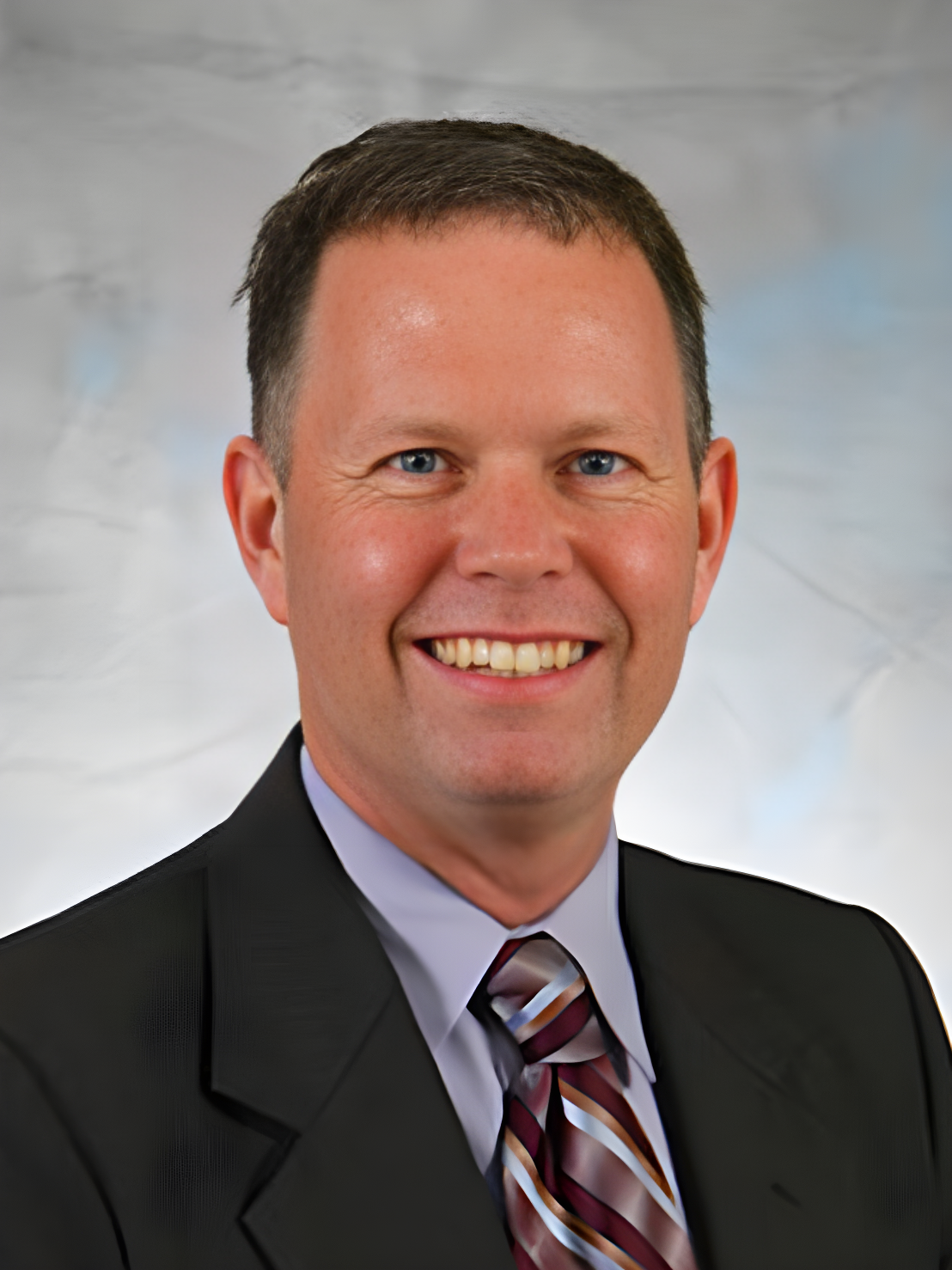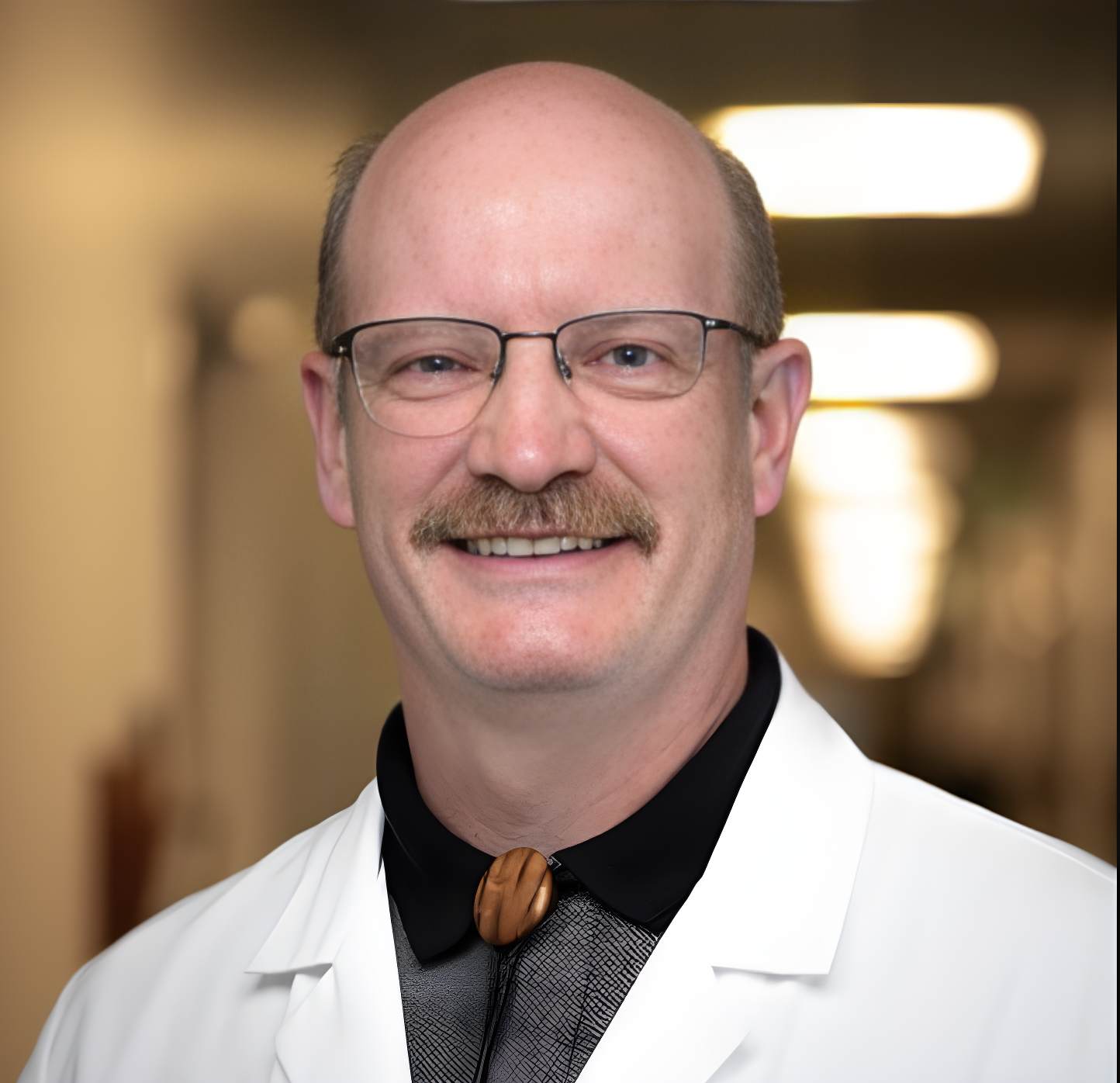Video
Practical Advice on Novel Fecal Microbiota Transplantation in CDI
Author(s):
Practical considerations for the future use of novel FMT therapy for patients with recurrent Clostridioides difficile infection.
Transcript:
James A. McKinnell, MD: Carl, how do you interpret these data? You’ve heard both of thosediscussions.
Carl V. Crawford, MD: It’s clear that these agents work better than placebo, and placebo is what we’re treating patients with when we give them recurrent antibiotic courses. Both are game-changers because they offer our patients a higher chance for cure, not just treatment, but cure. And the modes of delivery are both easier than what we would typically do with an FMT [fecal microbiota transplantation], which is basically preparing someone for a procedure, whether it’s an endoscopy or a colonoscopy. I don’t perform these by using a nasoduodenal tube because there are a lot more risks associated with placing that tube and you need an x-ray. But patients must be prepared for the risk of a procedure, and these are standard risks for everyone. When we bring someone in for a colonoscopy where we believe an individual has the highest rate for engraftment of putting a microbiome-based product inside of the gastrointestinal tract, they have to accept the risks of things like infection from inserting a foreign body into a human being. There are risks of bleeding or of perforation because we’re putting a foreign body inside of a human being, as well as the risks of anesthesia that we give our patients to make them comfortable for the procedure.
There are all of these risks that we have to arrange for, and we have to bring them to a hospital or an ambulatory surgery center, and there’s an increased amount of cost that’s associated with trying to treat these patients. Being able to give someone oral pills that they can take in the office or even at home, who knows, or bringing them into the office for an hour so that they can have an infusion of something that’s rectally applied and they go home where there are no added safety risks is huge because then we have access to bring many more of these patients who are in this vicious cycle of recurrence, the chance for cure. It’s amazing, I’m excited to see these products come out. Unfortunately, there’s going to be this gap where we won’t have the ability to really treat these patients, so I’m hoping that the companies can get their acts together and we can offer our patients what looks like a golden horizon.
James A. McKinnell, MD: We talked about my case, Lucy, who is our 65-year-old with rheumatoid arthritis on methotrexate, who has dyspepsia, is inappropriately or maybe not on a PPI [protein pump inhibitor]. On her first round of C diff [Clostridioides difficile], we decided to treat her [in a Disneyland setting] with fidaxomicin extended course, and then maybe in reality, our optimal course here is 10 days of vancomycin followed by bezlo [bezlotoxumab]. Then if we follow the vancomycin and [bezlotoxumab] approach, on the first recurrence we would probably use fidaxomicin and maybe in the extended 10-day course that we described, and on the third round, it sounds like we have concerns. No. 1, we’d probably try and think about FMT, but we don’t know how long that’s going to last. But hopefully on the horizon are these 2 different approaches, one is our pill-based approach and the other is the enema-based approach to help with that restoration of natural flora.
I guess the one mission we would have for our treating physicians is to realize that the guidelines have changed. The strategy and structure for how we approach C diff in 2021 is very different from what we did in 2017, 2018, or maybe even 2019. Then the last one here is for our industry colleagues. There’s going to be a significant gap and a need to get these drugs to market because of this clear area where we know there’s benefit to these strategies, but we don’t really have as of yet an easily usable option.
Sahil Khanna, MBBS, MS: James, I’d like to go back to Lucy because she’s here in the office with us. She says, “This is my third episode, and you’re telling me the stool bank’s not there, the FDA is going to take more than a year, maybe longer, to get this other product to market. What do we do in between?” For someone like Lucy, what I would suggest is that there is at least 1 open-label trial that I am aware of that administers the edema therapy that is available to patients to get enrolled, so try to investigate that. The information on clinical trials is very readily available, including sites of clinical trials, at the C Diff Foundation, where I refer my patients to look for sites. That’s one option. Also, there is an assured active treatment program that the manufacturer of RBX2660 runs, where you can request them to give you a therapy that you can then use either with an enema or however you would like to use that. Those are 2 options that I would think about presenting to Lucy, short of saying let’s be on vancomycin or let’s think about having another risk of recurrence.
Carl V. Crawford, MD: It does suggest that we must think about pressuring our FDA colleagues to say, “There’s a need here guys, let’s move forward.”
Sahil Khanna, MBBS, MS: Absolutely. I the FDA does realize that too because they’ve been putting out guidance for this treatment. The other thing to think about with Lucy would be the placebo-controlled trials that are going to be starting soon, and I’m hoping the FDA will move very fast on this and we should be able to have something in 2022. It feels very long for a patient.
James A. McKinnell, MD: Thank you for watching this HCPLive® Contagion® Peer Exchange. If you enjoyed the content, please subscribe to our e-newsletters to receive upcoming Peer Exchanges and other great content right in your inbox.
Transcript edited for clarity.





